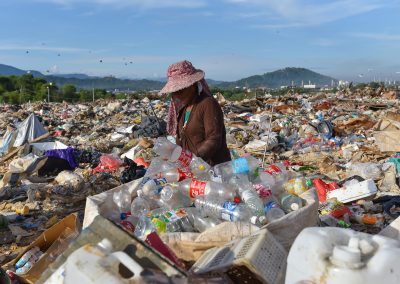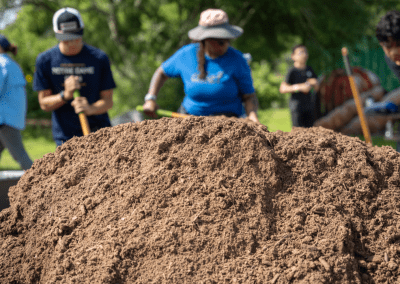Montréal
Montréal’s Resilience Journey
Montréal, Canada’s second largest city, is an important center of commerce, industry, tourism, and culture. However, its aging infrastructure was inadequately maintained for many years, and only in the last decade have federal, provincial, and local governments focused resources and planning on improvements. There is particular attention to waste management and to local water and power needs, services that are essential to protecting residents from significant cold weather events and heatwaves, both of which have intensified with climate change and urban densification.
Following a hazardous material accident in 2013 in Lac-Megantic, Québec, the City of Montréal also recognized the need to increase security measures around transportation of such materials within the city, and has been working with the federal government to amend existing transportation laws.
View Strategy (English)
View Strategy (French)
News and Resources

Speaker Series 2025 #11 | Designing Together: The OASIS schoolyard model

Speaker Series 2025 #10 | Waste’s Invisible Workforce: From Informal to Inclusive

Speaker Series 2025 #09 | Scaling Resilient Communities: Tools for Action
Our Network
Which cities are a part of the Resilient Cities Network?

